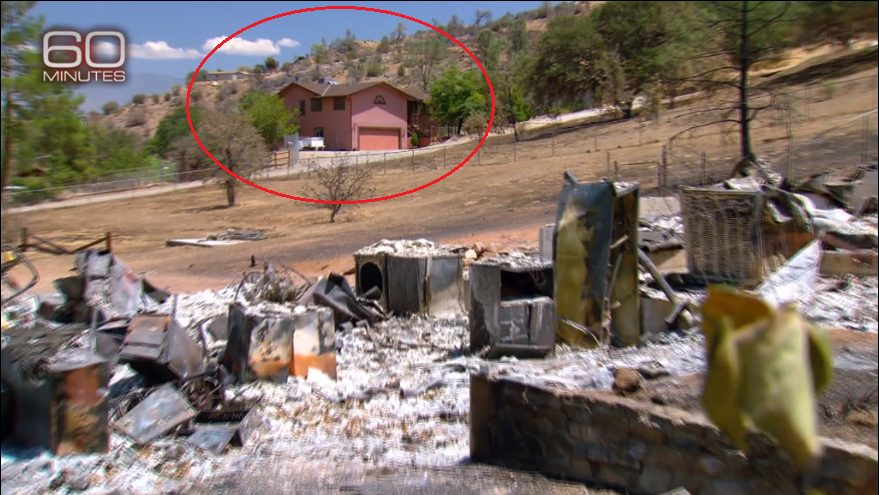Analog Version Control

Subversion (SVN) and Git track computer source code changes, and iPhone 4s denotes an older model than an iPhone 6s plus. In an information overload age, we could use version control for online news stories or storylines to combat two-hour nostalgia plaguing news consumer brains.
Paper news already uses version control and most people don't realize it.
The unsolved trick facing news publishers and consumers, is how to port this user-friendly system used in offline dead-tree newspaper sections, to individual internet news stories, and general news storylines.
First the backstory:
Before the internet and especially before television, a regular edition of a newspaper or radio program would seldom be the last edition of that show (or paper) for that day. As tvtropes.org explains in Extra! Extra! Read all about it!:
In the old days before TV, radio, and the Internet, most people who followed the news got their information from the newspapers, which were (and still are) normally published at best on a daily basis. If a major story (such as the death of a President or a declaration of war) broke after the day's deadline, a newspaper might choose to print an "Extra" edition on top of their regular edition. Sometimes they were short and carried only the story itself, but more often they were identical to the earlier main edition with just the first few pages replaced. By the 1940s, though, newspapers were in competition with radio for advertising dollars, and big-city papers like the New York Times and the Montreal Gazette published four or five regular editions a day, taking any possible opportunity to publish an "extra" so they could boost circulation. Even now, papers infrequently publish short "extra" editions if a really big story breaks; many did after 9/11, for instance.
Radio programs, instead of the star system or "Extra!" sales cue, would break into "regular programming" with the announcement "We interrupt this broadcast." Radio, however, is less archive-able, and did not use any version control to identify how many updates they'd already broadcast to a developing story.
Today's Offline Newspapers Display Version Control:
While printing presses rarely run in the basements of newsrooms anymore, papers like the SF Chronicle still display the star ***** version control system to readers.
Last year during the Tubbs County fires, the paper probably produced multiple versions in one day.
The first edition displays an array of blank stars in the masthead, the first update displays one ink-filled star followed by four uninked star outlines, and the final edition, as always, shows a five filled-star array.
Now consumers reading news on their phone, getting updates with a nervous system-jolting phone alert, are probably experiencing what news consumers experienced in the 1940s: lots of excitement, and some raw nerves, resulting from news organizations sending multiple updates per day.
But the human brain is growing weary. An online version of a day's newspaper is a sea of clickable headlines and, without the right-to-left page flip of an offline newspaper, it's tough to sort what you've read from what you haven't. Online news consuming sessions ... and our minds ... are turning to quicksand.
At this site beginning this month, we'll occasionally incorporate our own star system to update developing stories.
-------------
Further Reading:
"In the real-life world of journalism, stopping the presses is a rare occurrence reserved only for the biggest breaking news stories. In the 21st century, the digital age, in which the news is delivered almost instantaneously over many different electronic platforms, it may seem anachronistic, even quaint, that printing presses are still used to produce an actual, physical newspaper." nytimes.com
This site relayed author Mark Kurlansky's "technological fallacy" discovery in Paper is Technology: Silicon Valley Agrees: offlinereport.blogspot.com
This site relayed more of Kurlansky's discoveries, including 18th-century nations which banned export of rags to competing paper-making nations in Paper is Sustainable: offlinereport.blogspot.com

This work by AJ Fish is licensed under a Creative Commons Attribution-NonCommercial 4.0 International License.



